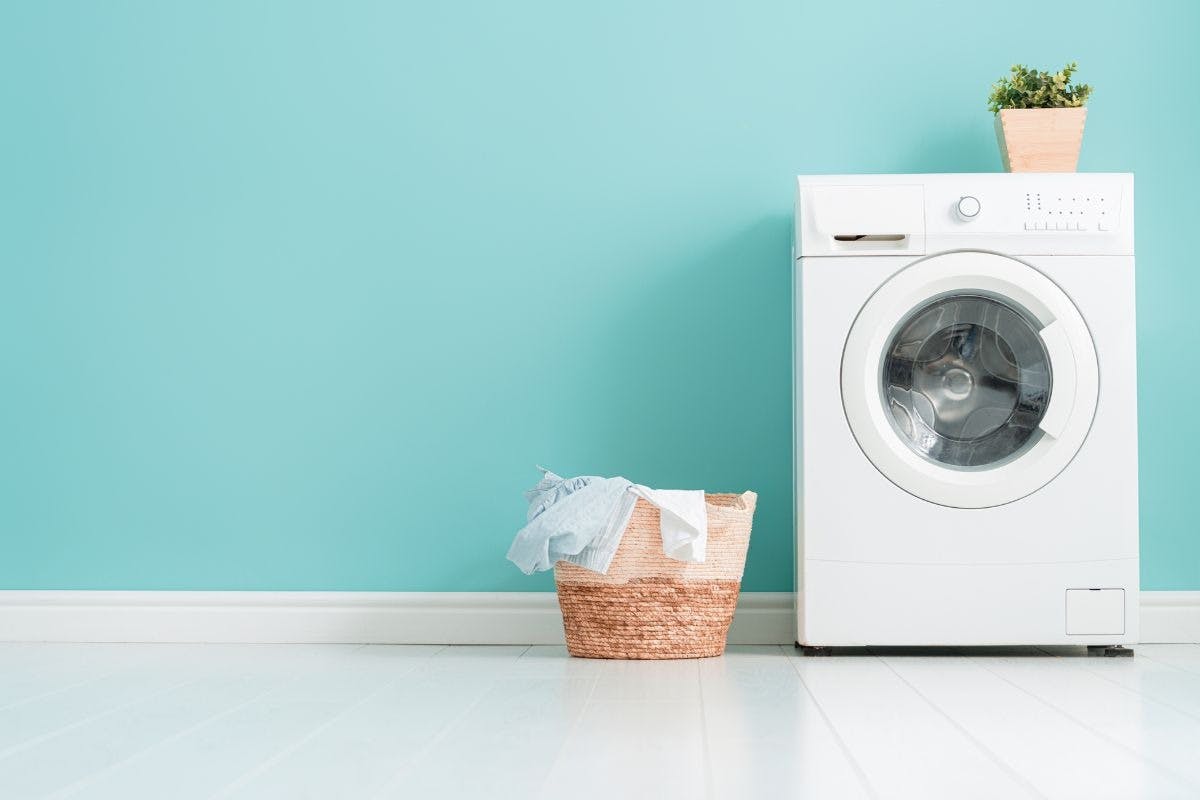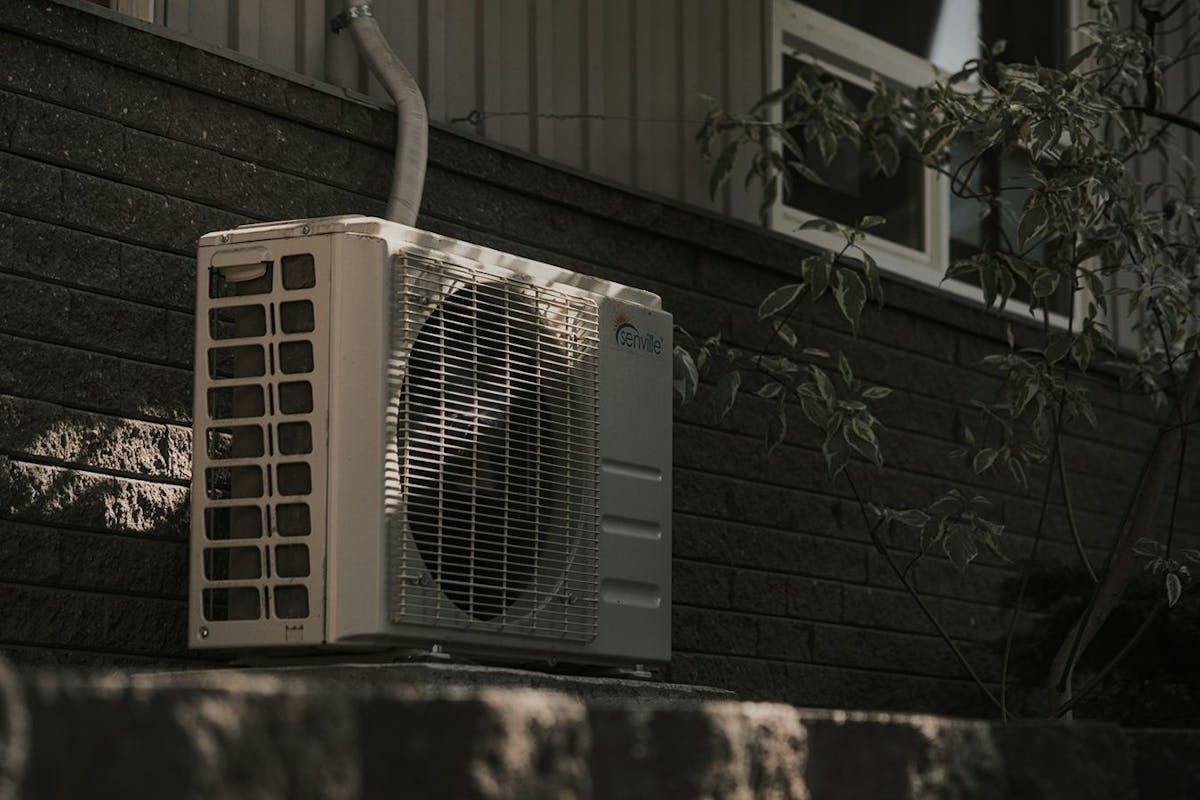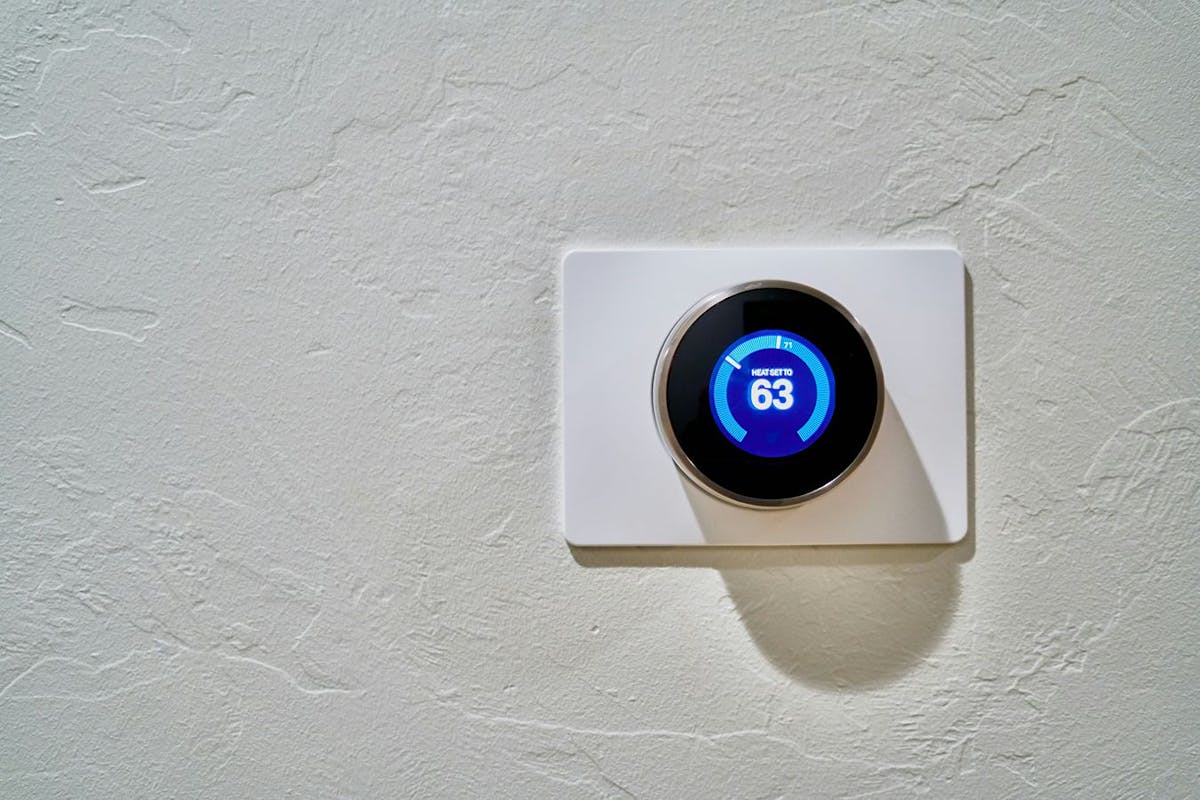Energy Efficient Laundry: How to Save Energy, Money, and Your Clothes
Last edited

Author
Andrew Giermak
Solar and Electrification Writer and Editor

Editor
Andrew Blok
Electrification and Solar Writer and Editor

Laundry might not seem like something you need tips on or a great opportunity to save money. A few easy changes, though, can help you reduce your utility bills. Here are some ways you can do your laundry using less energy and for a little less money.
See how much you can save with home energy changes
Start With Full Loads and Cold Water
These are two pretty common pointers, but true ones.
The average American household runs about 300 loads of laundry a year. Most of those loads are perfectly fine to wash in cold water. Water heating accounted for about 12% of residential electricity consumption in the US in 2020.
Washing one full load (rather than two or three smaller loads) is generally more efficient, but there is a balance. Overfilled loads are inefficient because you can make a washer and dryer too crammed to spin or agitate well.
Dry Your Clothes the Smart Way
In the dryer, it’s more efficient to separate heavy fabrics and towels from lighter, easier-to-dry clothing, then use the right cycle for each type of load. Lighter fabrics don’t need the same drying time as towels, jeans, and sweaters, unless you throw all of it in together.
Keep Your Dryer Clean
To save more energy, check vents and ducts on a regular basis. Clean the lint trap after each use, and clean it thoroughly every few uses. Maytag recommends a full cleaning of the trap every six months. These steps improve air circulation, so the machine is more efficient and has a longer lifespan. It also means you don’t have to run the same load for two cycles to get it dry and reduces the risk of fire.

Pretreat Stains
Follow these tips before throwing a load of clothes in the washing machine.
First, it’s a good idea to pretreat stains. You’ll be more likely to get the stain out in one cold-water wash, saving the energy it would take to wash it a second time.
Remove any built up food, mud, or other dirt that’s still on the clothes. Then follow the pretreatment's instructions and let it sit on the stain for the recommended time.
It’s less work for the machine to do and is less likely to spread residue or odor to other items in the load.
See how much you can save with home energy changes
Use the Right Detergent
A detergent formulated for cold water has natural enzymes which work best in cold water. Another tip is try a low sudsing detergent, this may give you less residue on “clean” laundry and your loads will need fewer or shorter rinsing cycles.
Air Drying
When thinking about saving energy, air drying instead of machine drying is the biggest step you can take. Air drying cuts a load of laundry’s carbon usage by about 75%. Heating water for the washer (if you use hot instead of cold water), and a dryer’s heating, are the most energy-heavy parts of doing laundry. A dryer uses an average of 6% of a home’s energy consumption.
Drying clothes on the line or on a drying rack also lets clothes last longer compared to the wear and tear of machine tumble drying.
What Does Energy Star Mean?
When it’s time to buy a new washer and dryer, you can reduce your energy consumption in one fell swoop by opting for a more energy efficient appliance. Energy Star labels show a new appliance has a high level of energy efficiency as tested and verified by the US Environmental Protection Agency.
A new washing machine uses about 70% less energy than a washing machine in 1973 did. An Energy Star-approved washer uses about 25% less energy and 40% less water than non-Energy Star machines manufactured today. That can save you about $550 in energy costs over its lifetime. Energy Star-approved dryers use about 20% less energy.
Newer heat pump dryers with Energy Star certification use about half the energy of standard dryers. Just like a heat pump for space heating, a heat pump dryer moves heat rather than generates it. It also recirculates the warm air rather than vent it outside, increasing its efficiency.
Energy Star estimates if every washer and dryer in the country was Energy Star-certified, it would have the same emissions reduction as taking about 3.8 million vehicles a year off the road.
Energy Efficiency Means Saving Money
From small steps like checking the lint trap and thinking about the detergent you buy to buying new appliances, making changes to your laundry routine can save you energy, reduce your electric bill, extend the lifespan of your washer and dryer, and make your clothes and sheets last longer.
If you're looking for other ways to save energy, check out Palmetto's Savings Maximizer. While it's smart to pair them with energy efficiency improvements, home solar panels can reduce your energy bills regardless. Explore our free solar savings calculator, and find out how much you can save when you make the switch.
See what home electrification can do for you:
Energy Efficient Laundry FAQs
What does Energy Star approval mean?
Being Energy Star approved means an appliance, such as a washing machine or a dryer, passed efficiency and energy-usage standards set by the Environmental Protection Agency.
Does washing in cold water save energy?
Yes, using the cold water setting on your washing machine saves energy because heating water takes up more than half the energy a washing machine typically uses.
What's the best time to do laundry to save money?
If you have a time-of-use rate plan from your utility, you can save money by doing your laundry during off-peak hours.
How long do washing machines and dryers last?
According to a variety of consumer sources, washing machines and dryers average about 10-15 years, but can last longer. Keeping lint traps clean and performing other recommended maintenance can keep your washer and dryer operating efficiently for years.


